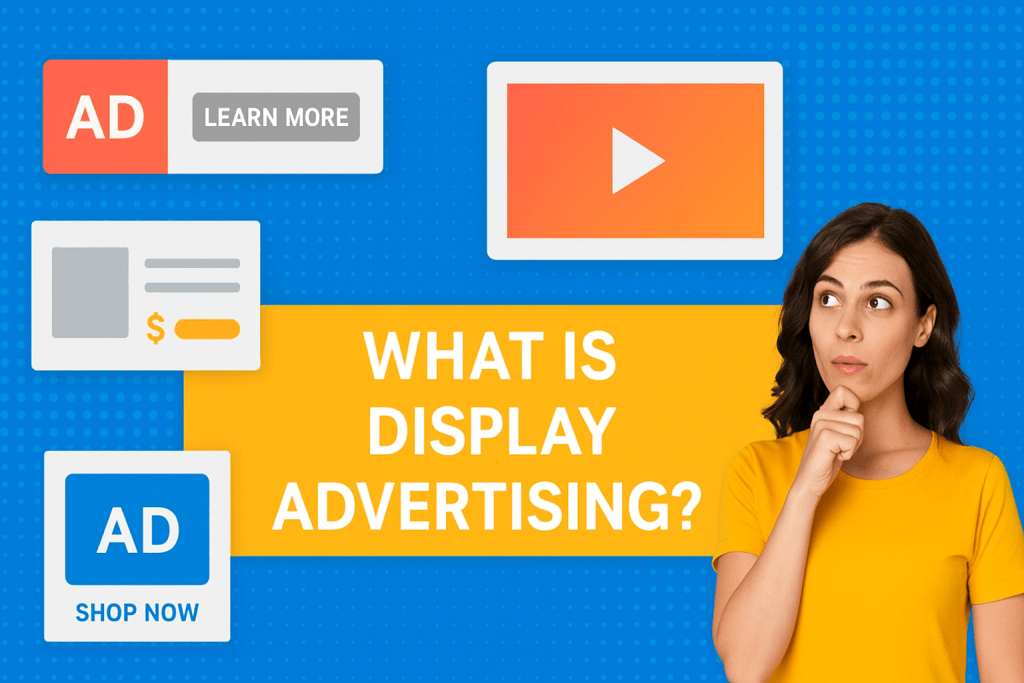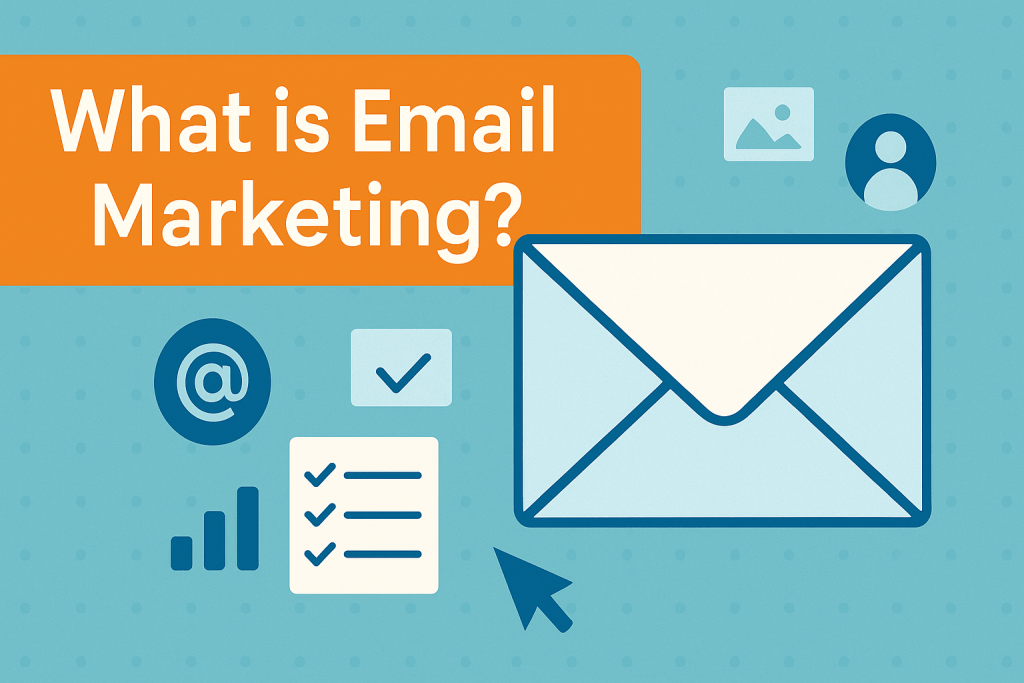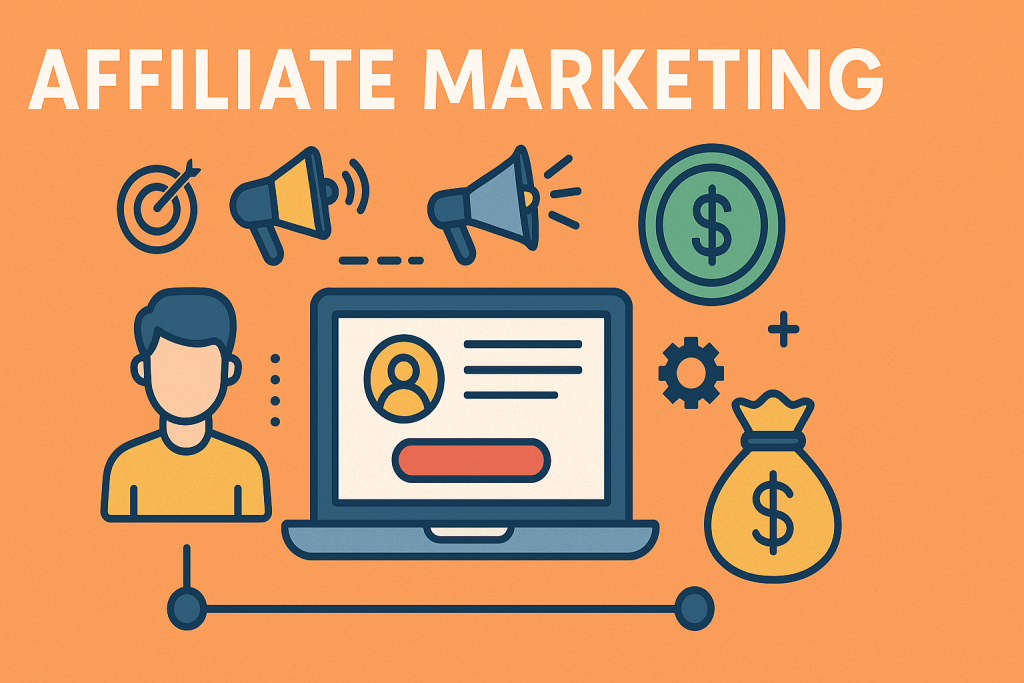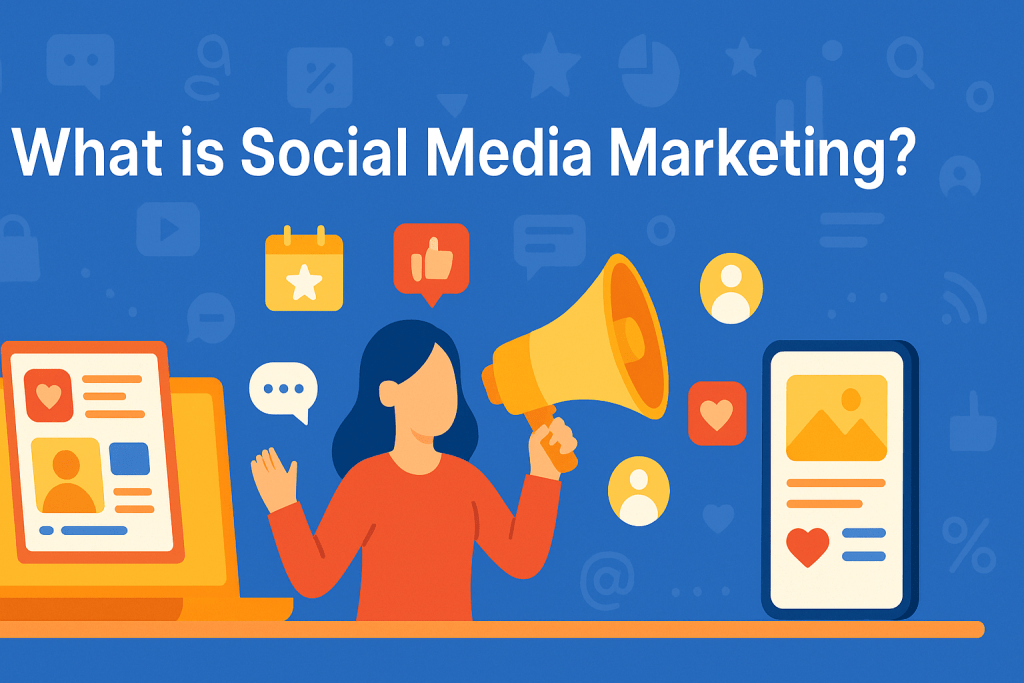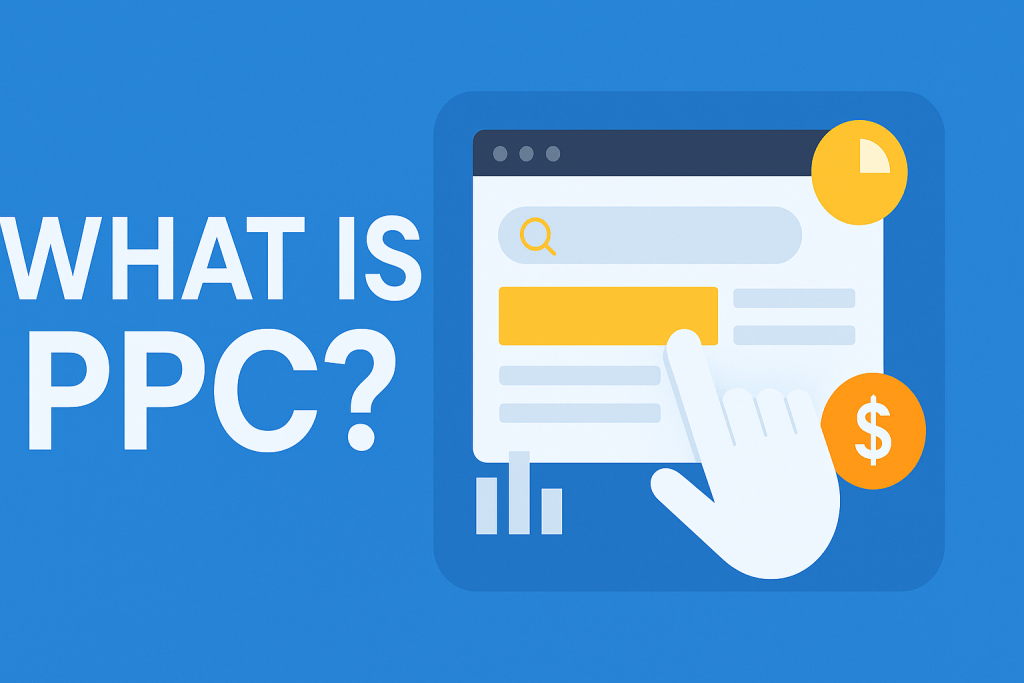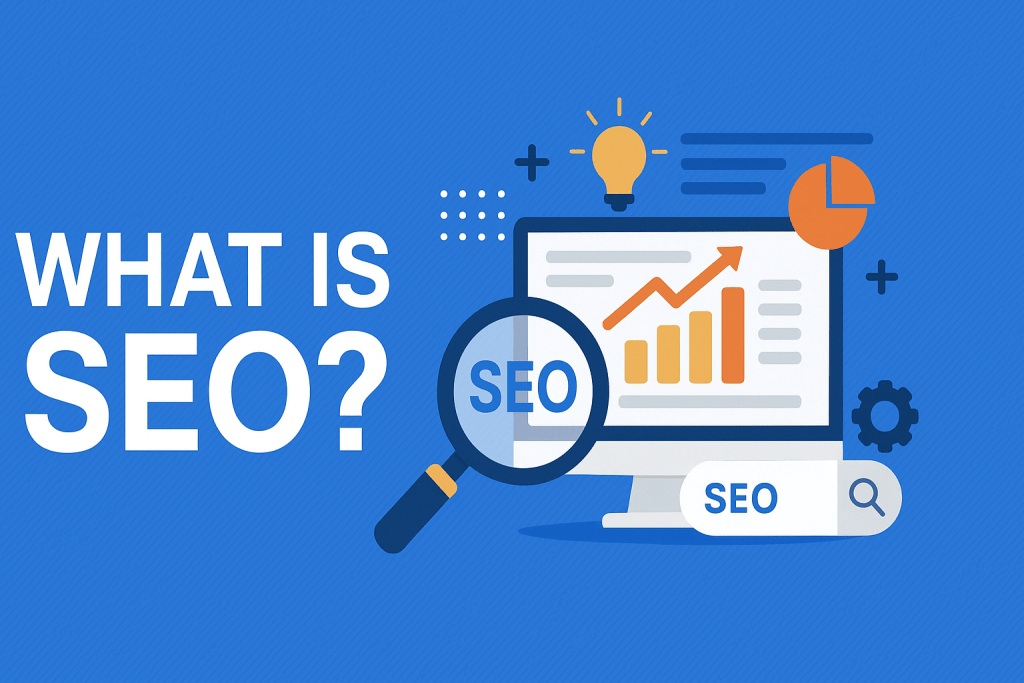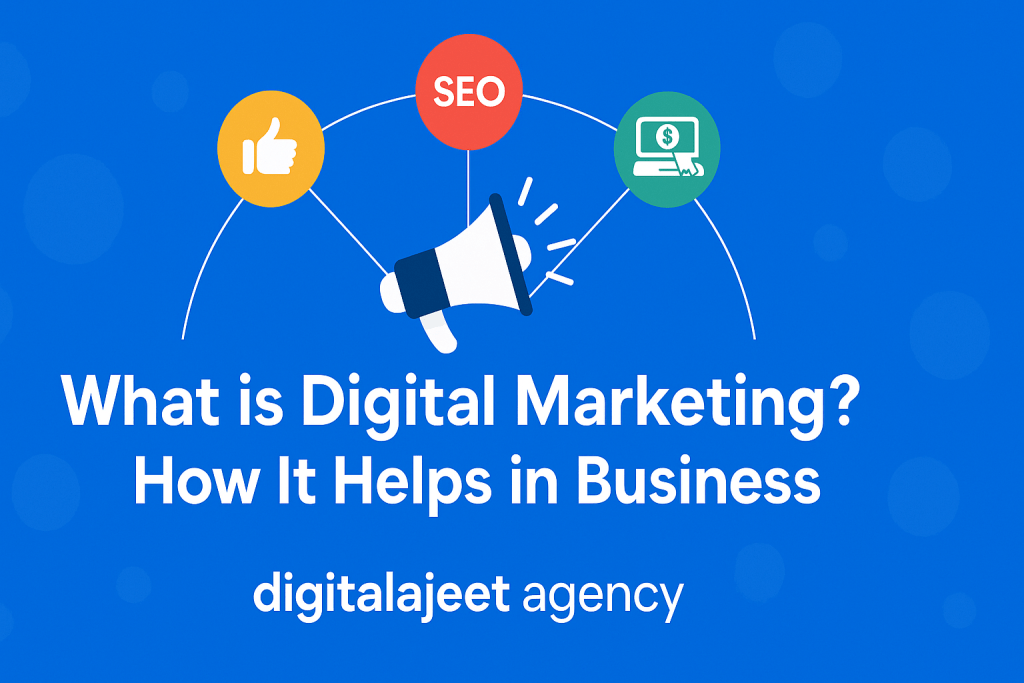What is Display Advertising? Unlocking the Power of Visual Digital Marketing
Introduction: In today’s hyper-competitive online world, grabbing attention is no longer optional—it’s survival. That’s where display advertising steps in like a powerful spotlight, illuminating your brand in front of millions. But what is display advertising? exactly, and why does it carry such profound significance in the digital marketing universe? If you’ve ever browsed a website and seen captivating banners, product carousels, or animated visuals urging you to explore further—that’s display advertising at work. It’s the art and science of visual persuasion, combining imagery, text, and strategic placement to engage audiences, boost brand visibility, and drive conversions. This comprehensive guide dives deep into the world of display advertising, unveiling its core components, emotional triggers, advanced tactics, and the real magic behind successful campaigns. We’ll also unravel what are product display ads? what is Amazon DSP advertising, and what are Google display ads?—ensuring you walk away empowered and enlightened. What is Display Advertising? At its core, display advertising refers to graphic-based digital ads shown on websites, apps, and social media platforms. Unlike text-only ads, display ads use eye-catching visuals, compelling copy, and strategic positioning to ignite action. Think of display advertising as your brand’s billboard on the digital highway—but smarter, more targeted, and infinitely scalable. Why Does Display Advertising Matter? Types of Display Advertising: Painting the Digital Canvas Understanding what is display advertising? also means understanding its various forms. Let’s break down the types: 1. Banner Ads These are the classic rectangular graphics you see at the top, sides, or bottom of web pages. Despite their age, banners remain powerful for visibility and recall. 2. Interstitial Ads These full-screen advertisements appear during organic pauses in an app or website’s user experience. Done right, they command attention; done wrong, they annoy. Balance is key. 3. Rich Media Ads Rich media ads go beyond static images. They consist of interactive components that encourage user interaction, audio, video, and animations. 4. Video Display Ads With platforms like YouTube and Facebook Watch booming, video display advertising has become essential. Emotion is evoked more quickly by moving images than by text alone. 5. Product Display Ads Now let’s focus on what are product display ads?—a vital category. Product display ads are visual promotions showcasing specific products, usually with images, prices, and call-to-action buttons. These ads stimulate impulse buying, tapping into a consumer’s desire for instant gratification. Whether you’re scrolling through Amazon or browsing a niche blog, product display ads remind you of the shiny object you didn’t know you wanted—but now can’t resist. What is Amazon DSP Advertising? A Juggernaut in Digital Ads What are Google Display Ads? Emotional Impact of Display Advertising: The Secret Sauce Great display ads don’t just inform; they ignite emotion. They make hearts race, palms sweat, and wallets open. Here’s how: 1. Visual Persuasion Humans process images 60,000 times faster than text. Display advertising leverages this by using: This creates an instant emotional connection, bypassing logic and tapping directly into desire. 2. Storytelling in a Glimpse A powerful display ad tells a story in seconds. For example: That’s visual storytelling with impact. Advanced Targeting: The Backbone of Display Advertising Display Advertising vs. Search Advertising: Two Titans Compared Feature Display Advertising Search Advertising Format Visual (images, video) Text-based Purpo Brand awareness, retargeting Direct intent marketing Reach Broad (passive discovery) Specific (active search) Emotional Impact High (visual cues) Moderate (text cues) Cost (Generally) Lower CPC Higher CPC Both are powerful, but display advertising shines when you need to build emotional resonance and brand familiarity. How to Craft Irresistible Display Ads: Practical Tips Challenges of Display Advertising (And How to Overcome Them) Even though display advertising is potent, it’s not without challenges: 1. Banner Blindness People may ignore ads subconsciously. Use imaginative formats and distinctive designs to counter this. 2. Ad Fatigue Seeing the same ads repeatedly can annoy users. Rotate creatives often. 3. Privacy Concerns With rising data privacy laws, targeting must be ethical and transparent. The Future of Display Advertising: What’s Next? The landscape of display advertising is evolving. Here’s what’s coming: 1. AI-Powered Personalization Real-time hyper-relevant advertisements will be served by machine learning, which will dynamically adjust to user behaviour. 2. Augmented Reality (AR) Ads Imagine trying on a product virtually via a display ad. AR will revolutionize engagement. 3. Interactive Video Ads Clickable videos that let users choose their journey—blurring the line between content and advertising. Final Thoughts: In a digital world cluttered with noise, display advertising is your brand’s visual megaphone. It doesn’t just sell—it enchants, seduces, and invites loyalty. Whether you’re crafting product display ads, diving into Amazon DSP advertising, or experimenting with Google display ads, remember this: emotion wins attention, and attention wins the game. So, are you ready to unleash the transformative magic of display advertising? Both your audience and the digital world are waiting.
What is Display Advertising? Unlocking the Power of Visual Digital Marketing Read More »

